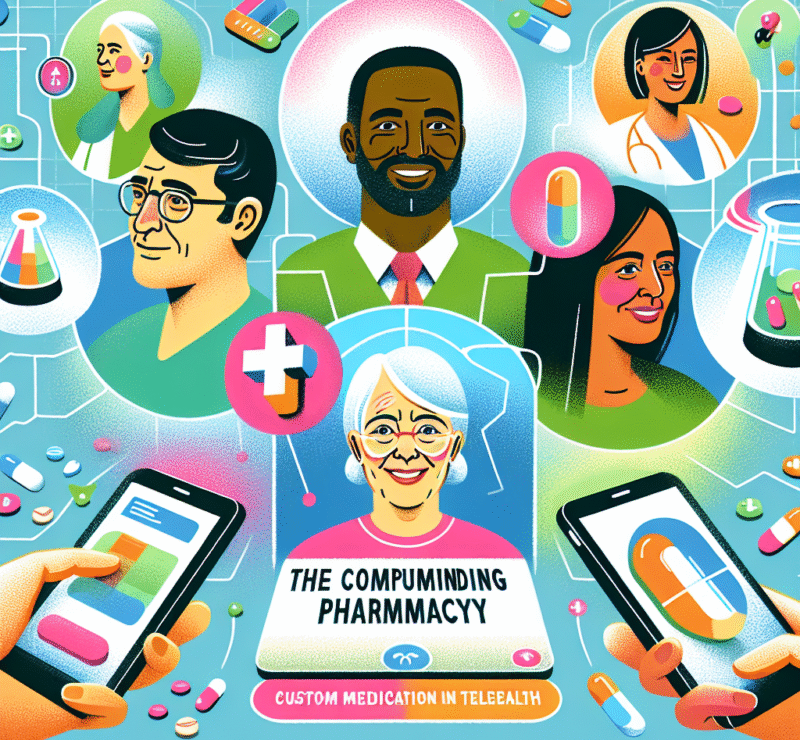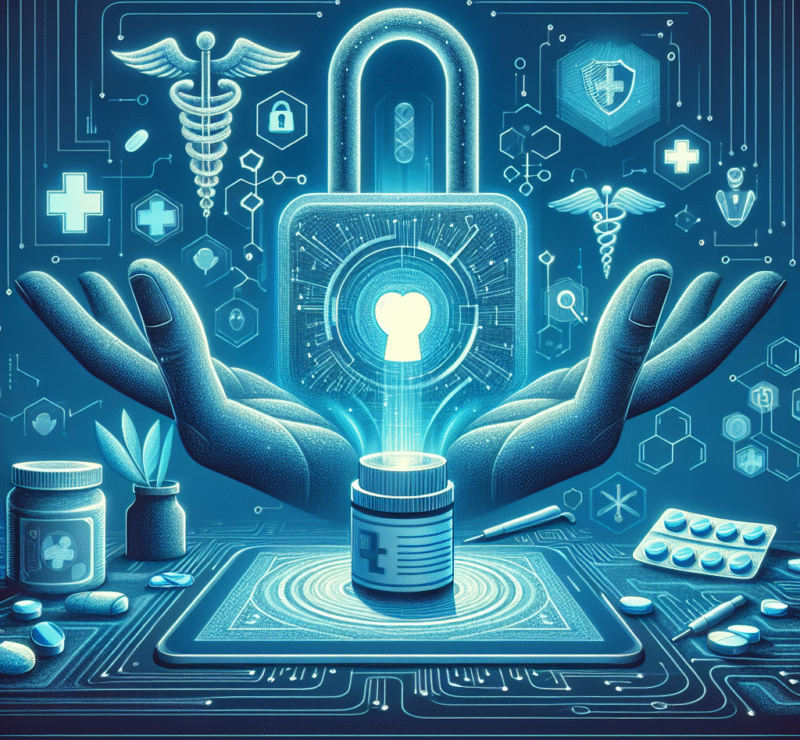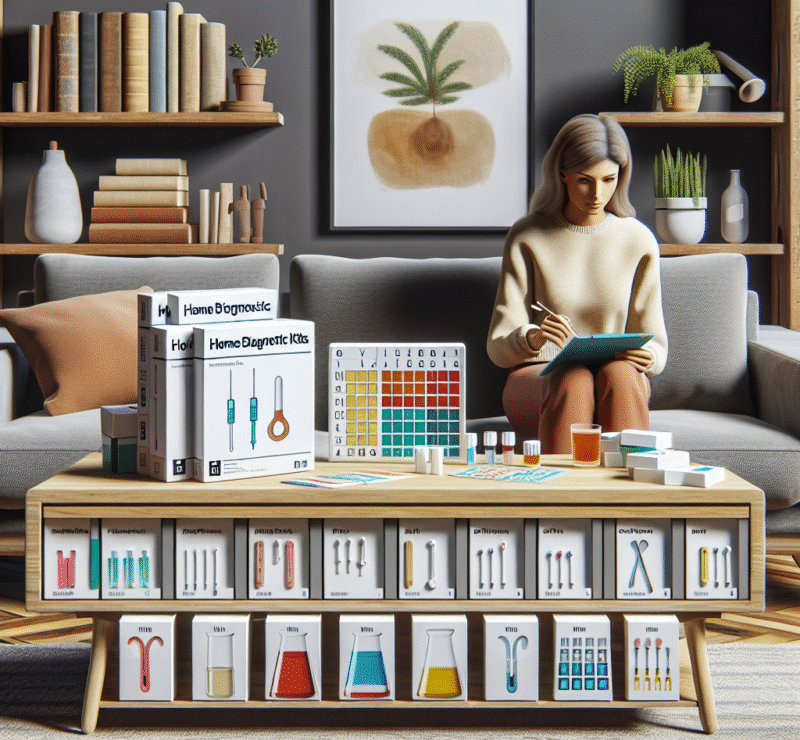
In our fast-paced modern world, something as fundamental as breathing has become overlooked and underoptimized. While we breathe approximately 20,000 times per day, most of us never give conscious thought to whether we're breathing correctly or efficiently. This oversight has significant implications for our health, performance, and overall quality of life. Enter the PeakBody Breathing Training Analyzer – a revolutionary handheld device that's changing how we approach respiratory wellness and unlocking the hidden potential of proper breathing techniques.
The Science Behind Breathing and Wellness
Before diving into the specifics of the PeakBody device, it's crucial to understand why breathing matters so much for our health. Breathing is far more than just gas exchange in our lungs; it's a complex physiological process that affects every system in our body. When we breathe properly, we optimize oxygen delivery to our cells, regulate our nervous system, and support our body's natural healing processes.
Research in respiratory physiology has consistently shown that controlled breathing exercises can lower blood pressure, reduce cortisol levels, improve heart rate variability, and enhance cognitive function. The vagus nerve, which plays a crucial role in our parasympathetic nervous system, is directly influenced by our breathing patterns. Deep, controlled breathing stimulates this nerve, promoting a state of calm and recovery that's essential for optimal health.
Unfortunately, modern lifestyle factors including stress, poor posture, and sedentary habits have led to widespread breathing dysfunction. Many people develop shallow, rapid breathing patterns that keep their bodies in a constant state of low-level stress. This chronic state of suboptimal breathing contributes to fatigue, anxiety, poor sleep quality, and diminished physical performance.
Introducing the PeakBody Breathing Training Analyzer
The PeakBody Breathing Training Analyzer represents a breakthrough in personal wellness technology. This sleek, handheld device transforms the abstract concept of "proper breathing" into a tangible, visual experience that anyone can understand and follow. Unlike complex breathing apps or expensive biofeedback systems, the PeakBody analyzer provides immediate, intuitive feedback through its innovative LED light system.
The device features a sophisticated sensor array housed within an elegant, portable design. Its most striking feature is the vertical LED strip that displays a rainbow of colors, each representing different aspects of your breathing pattern. This visual feedback system makes breathing training accessible to users of all ages and technical abilities, eliminating the learning curve typically associated with respiratory training programs.
What sets the PeakBody analyzer apart from other breathing devices is its focus on real-time feedback and user engagement. The LED lights respond instantly to your breathing patterns, creating a dynamic, interactive experience that keeps users motivated and engaged in their training sessions. This immediate feedback loop is crucial for developing proper breathing habits and maintaining consistent practice.
How the Technology Works
The PeakBody Breathing Training Analyzer employs advanced sensor technology to monitor various aspects of your breathing in real-time. The device tracks breathing rate, depth, rhythm, and consistency, translating this data into easy-to-understand visual cues through its LED display system.
The LED strip uses a color-coding system that guides users through optimal breathing patterns. As you breathe in and out, the lights move up and down the device, with different colors indicating whether you're breathing too fast, too slow, too shallow, or at the optimal pace. This visual guidance helps users develop muscle memory for proper breathing techniques without requiring complex instructions or constant mental focus.
The device's algorithms are based on established breathing techniques used in meditation, yoga, and athletic training. It incorporates principles from box breathing, coherent breathing, and other proven methodologies, making these advanced techniques accessible to everyday users. The beauty of the system lies in its simplicity – users don't need to understand the complex science behind breathing optimization; they simply follow the lights.
Health Benefits and Applications
The applications for the PeakBody Breathing Training Analyzer span across multiple areas of health and wellness, making it a versatile tool for various user needs and goals.
Stress Management and Mental Health
One of the most immediate and noticeable benefits of using the PeakBody analyzer is its impact on stress levels and mental well-being. Regular breathing training sessions help activate the parasympathetic nervous system, which is responsible for the body's "rest and digest" response. This activation counters the chronic stress response that plagues many modern individuals.
Users report feeling calmer and more centered after just a few minutes of guided breathing with the device. The visual feedback helps maintain focus during breathing exercises, preventing the mind from wandering and maximizing the stress-relief benefits. For individuals dealing with anxiety, the device provides a portable, drug-free tool for managing symptoms and promoting emotional regulation.
Athletic Performance Enhancement
Athletes and fitness enthusiasts are discovering that the PeakBody analyzer can significantly improve their performance and recovery. Proper breathing techniques enhance oxygen efficiency, allowing athletes to maintain higher intensity levels for longer periods while reducing fatigue.
The device is particularly valuable for endurance athletes who need to optimize their breathing patterns during long training sessions or competitions. By training with the PeakBody analyzer, athletes develop more efficient breathing rhythms that translate directly to improved performance in their sport.
Recovery is another area where the device excels. Post-workout breathing sessions using the analyzer help shift the body into a recovery state more quickly, reducing inflammation and promoting faster healing. Many athletes incorporate the device into their cool-down routines, using it to transition from high-intensity exercise to a state of relaxation and recovery.
Sleep Quality Improvement
Poor sleep quality is epidemic in modern society, with millions of people struggling to achieve restorative rest. The PeakBody analyzer addresses this issue by helping users develop breathing patterns that promote better sleep quality.
Evening breathing sessions with the device help calm the nervous system and prepare the body for sleep. The visual feedback makes it easy to maintain focus during these sessions, even when tired. Users report falling asleep faster and experiencing deeper, more restful sleep after incorporating the device into their bedtime routines.
The physiological changes promoted by proper breathing – including lower heart rate, reduced muscle tension, and decreased cortisol levels – create optimal conditions for quality sleep. Regular use of the device helps establish these beneficial patterns, leading to sustained improvements in sleep quality over time.
User Experience and Practical Applications
The PeakBody Breathing Training Analyzer has been designed with user experience as a top priority. The device requires no setup, smartphone apps, or complicated instructions. Users simply turn it on and begin breathing, allowing the LED lights to guide them through optimal breathing patterns.
The compact, lightweight design makes it perfect for use anywhere – at home, in the office, while traveling, or even outdoors. Many users keep the device on their desk for quick stress-relief sessions during busy workdays, while others incorporate it into their morning or evening routines for consistent wellness practices.
The device's battery life supports extended use, and its durable construction ensures it can withstand regular handling and transport. The intuitive design means users can focus entirely on their breathing rather than worrying about operating the device correctly.
The Future of Respiratory Wellness
The PeakBody Breathing Training Analyzer represents a significant step forward in making respiratory wellness accessible to everyone. As awareness of breathing's importance continues to grow, devices like this are positioned to play an increasingly important role in personal health management.
The integration of technology with ancient breathing practices demonstrates how innovation can make time-tested wellness techniques more accessible and effective. By providing immediate, visual feedback, the device accelerates the learning process and helps users develop proper breathing habits more quickly than traditional methods alone.
Conclusion: Breathing Your Way to Better Health
The PeakBody Breathing Training Analyzer offers a simple yet powerful solution to a fundamental health challenge that affects millions of people. By making proper breathing techniques accessible, engaging, and easy to practice, this innovative device empowers users to take control of their respiratory health and unlock the wide-ranging benefits of optimal breathing.
Whether you're an athlete seeking performance enhancement, a professional managing workplace stress, or someone simply looking to improve your overall health and well-being, the PeakBody analyzer provides a practical, science-based tool for achieving your goals. In a world where we often overlook the basics in favor of complex solutions, this device reminds us that sometimes the most powerful health interventions are also the most fundamental.
Investing in your breathing is investing in your health, and the PeakBody Breathing Training Analyzer makes that investment both accessible and effective. As we continue to understand more about the profound impact of breathing on our health, tools like this will become increasingly valuable for anyone committed to optimizing their wellness and unlocking their full potential.


We’re proud to announce that eDrugstore was recently featured in BizWeekly, highlighting our forward-thinking approach to health innovation—particularly our investment in peptide therapy.
The article, titled “Exploring the Potential of Peptide Therapy in Medicine”, takes a closer look at how eDrugstore is embracing this exciting area of treatment and what it means for the future of modern wellness.
Why Peptides?
Peptides are rapidly emerging as a key player in the world of precision medicine. These short chains of amino acids play a critical role in many of the body’s biological functions—and now, they’re being harnessed in treatments designed to improve metabolism, immunity, hormonal balance, and recovery.
At eDrugstore, we recognized the power of peptide therapy early and made it our mission to help bring these cutting-edge treatments to more people, with the support of licensed medical professionals and a trusted online platform.
What BizWeekly Had to Say
The BizWeekly article commended eDrugstore for our commitment to:
- Expanding access to advanced treatment options
- Integrating medically guided therapy into a convenient, online model
- Helping consumers take control of their health with scientifically backed solutions
We’re honored by the recognition and encouraged to see our work highlighted as part of a broader movement toward smarter, more personalized health care.
Looking Ahead
Peptide therapy is just one example of how eDrugstore is evolving to meet the needs of modern patients. As science continues to uncover new uses and applications, we’re committed to staying ahead—delivering treatments that go beyond the basics and support real, measurable improvements in everyday wellness.
Read the Full Feature
To dive deeper into what makes peptide therapy so promising and how eDrugstore is leading the way, check out the full article on BizWeekly:
Read the article here


When most people think of testosterone, they imagine bulging muscles and aggressive behavior. But the truth is, testosterone plays a much more nuanced and essential role in overall health—for both men and women. And when levels drop, the effects can quietly wreak havoc on your energy, mood, and even relationships.
One powerful solution? The DHEA Testosterone Booster—a natural, science-backed option available at eDrugstore.com.
Understanding the Impact of Low Testosterone
Low testosterone (or "low T") isn’t just about sex drive—though that’s certainly affected. It’s a systemic issue that can lead to a wide range of symptoms:
1. Hair Loss
You may be surprised to learn that low testosterone often coincides with high DHT levels, a potent hormone that contributes to male pattern baldness. This imbalance can accelerate hair thinning, especially along the hairline and crown.
2. Reduced Libido
Testosterone is one of the body’s primary drivers of sexual desire. When it drops, so does your interest in sex. For many, this can strain relationships and self-esteem.
3. Erectile Dysfunction
Even if you're mentally in the mood, low testosterone can affect the physiological process behind arousal. Over time, this may lead to erectile dysfunction (ED), making intimacy frustrating or even impossible.
Why Choose DHEA as Your Testosterone Booster?
DHEA (Dehydroepiandrosterone) is a naturally occurring hormone that acts as a precursor to testosterone. As levels of DHEA decline with age, testosterone production also decreases. Supplementing with a DHEA Testosterone Booster can support the body’s ability to rebalance hormone levels and restore vitality.
This booster is ideal for individuals looking for a non-invasive, natural approach to improving energy, libido, and hormonal health.
Why Buy from eDrugstore.com?
There are plenty of testosterone products online—but few offer the level of trust, support, and security that comes with shopping at eDrugstore.com.
Discreet Packaging
Your privacy matters. That’s why every order arrives in plain, unbranded packaging—so what’s inside stays your business.
Quality-Assured Products
We only stock products from reputable manufacturers that meet stringent regulatory standards. You can trust what you're putting into your body.
Data Protection
From secure checkout to encrypted data storage, our platform is designed to protect your personal and financial information at every step.
Automatic Refills and Reminders
Stay on track with your supplement regimen using our convenient auto-refill service and notification system. No more skipped doses or unexpected gaps.
Is DHEA Right for You?
If you're experiencing symptoms like fatigue, brain fog, low libido, or hair thinning, it might be time to explore testosterone support. The DHEA Testosterone Booster is a safe and effective first step—especially when sourced from a trusted provider like eDrugstore.com.
Reclaim Your Vitality Today
Your body deserves balance. Your energy, confidence, and relationships depend on it.
Try the DHEA Testosterone Booster from eDrugstore.com and experience the difference that optimal hormone support can make.
Shop now and enjoy discreet shipping, trusted quality, and customer support that’s always here for you.



